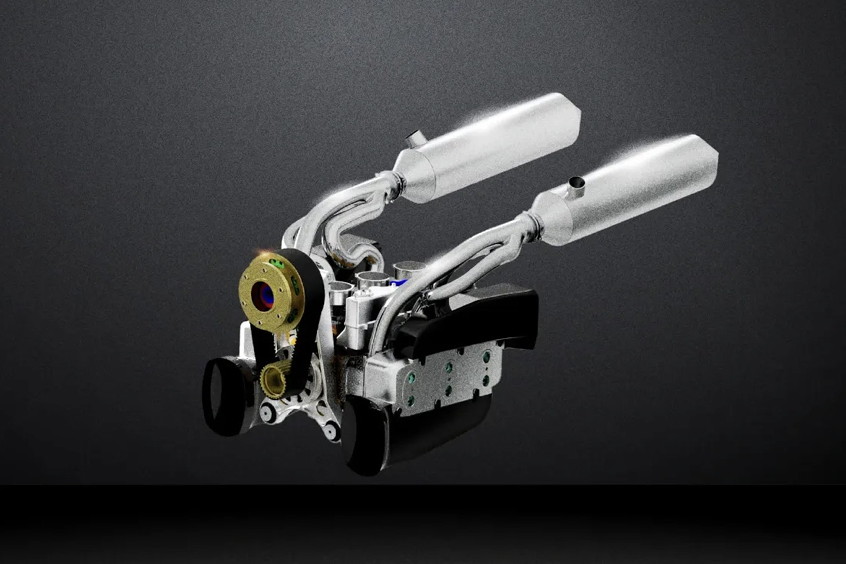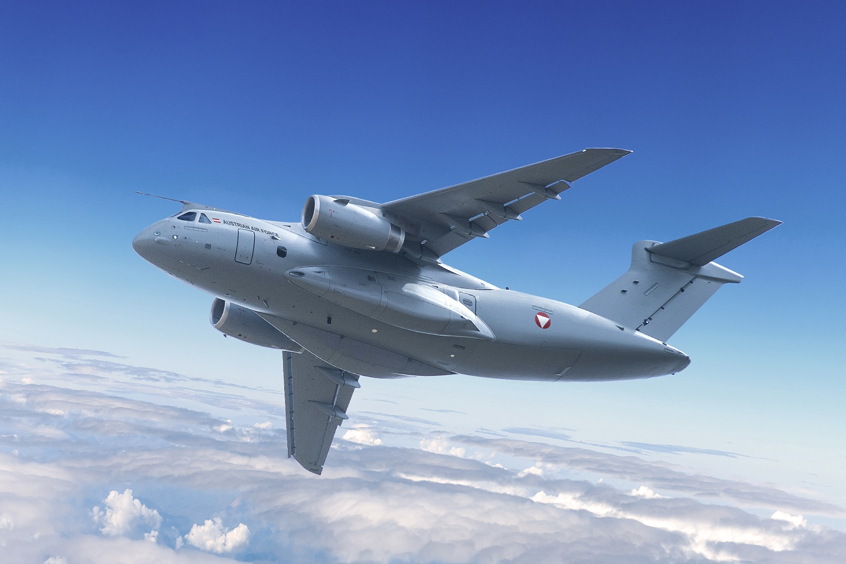PRESS RELEASE
Issued by: Open Mind Technologies UK Ltd
5-axis milling with simultaneous movement of all axes was previously only used for special applications, such as the production of aerospace turbines. Only recently 5-axis technology has become commonplace for standard milling tasks.
Technologies used in 3-axis milling are relatively mature. In comparison, 5-axis simultaneous techniques used in CAD/CAM solutions have historically been limited, expensive and unreliable. Additionally, the tool angle relative to the selected reference point or surface for the entire machining area could not be changed, which made it difficult to avoid collisions. Rest machining necessitated breaking the job into several machining steps, significantly increasing programming time.
Ten years ago, OPEN MIND Technologies introduced a method for easy and reliable programming of 5-axis simultaneous machining. In addition to strategies for tool orientation, fully automated collision avoidance is at the core of the technology.
The increasing demand for 5-axis machining has led most CAM providers to develop technology to offer 5-axis simultaneous machining. However, there are major differences in terms of functionality, ease of use and price. It is more important to learn about the cost-effectiveness of such a system. The important factor is the difference to the bottom line at the end of the year. Saving just five minutes' machining time per part over a year could result savings that make the system's purchase price irrelevant.
Easy to use
To make program creation easy as possible, hyperMILL offers a uniform interface concept, from turning to 2D and 3D machining through to 5-axis simultaneous machining. This is important because there are very few workpieces that require only one type of machining (2D/3D/5axis), the broad spectrum of strategies grants the user flexibility and the company can program many parts with one piece of software.
In order to make program generation easy as possible, OPEN MIND has developed in hyperMILL a CAM system that exploits the performance range of each machine tool and considers kinematic particularities. Compared to 3-axis milling, the tool reference point and the movements of the machine's linear axes are different during 5-axis simultaneous machining as movements of the rotary and tilting axes result in "compensation movements" in the linear axes.
During 5-axis machining, the focus is on cost-effective milling. This can be achieved if a job requires as little movement as possible. For example, one test showed that a changed setup position reduced machining time by one-third. Reducing movements of the machine axes to the necessary degree also reduces machine loads.
Successful 5-axis simultaneous machining requires experience. This applies to the selection of the right machine and the right tool orientation and collision avoidance. The time invested in learning and understanding the "secrets" of successful 5axis simultaneous machining translates into cash later. A software vendor's expertise can represent a treasure trove of value compared to attempts to go it alone.
Automatic indexing
hyperMILL software enables users to control both rotation axes independent of one another. It is therefore possible to use only one of the two rotation axes to achieve continuous, collision-free machining. This is advantageous because both rotation axes are typically different in terms of technical capabilities and precision. OPEN MIND, goes one step further. A USP of hyperMILL is machining with automatically indexed axes. The tool angle is calculated so the tool orientation within a milling area on the surface is not changed.
| Contact details from our directory: | |
| Open Mind Technologies UK Ltd | Computer-aided Design, CIM Software |
| Related directory sectors: |
| Design Software |
| Computer Integrated Manufacturing |
Weekly news by email:
See the latest Bulletin, and sign up free‑of‑charge for future editions.

EDGE launches Powertech for high-performance aero engines
GE uses exascale supercomputers for Open Fan engine

Embraer begins assembly of Austria’s first C-390
